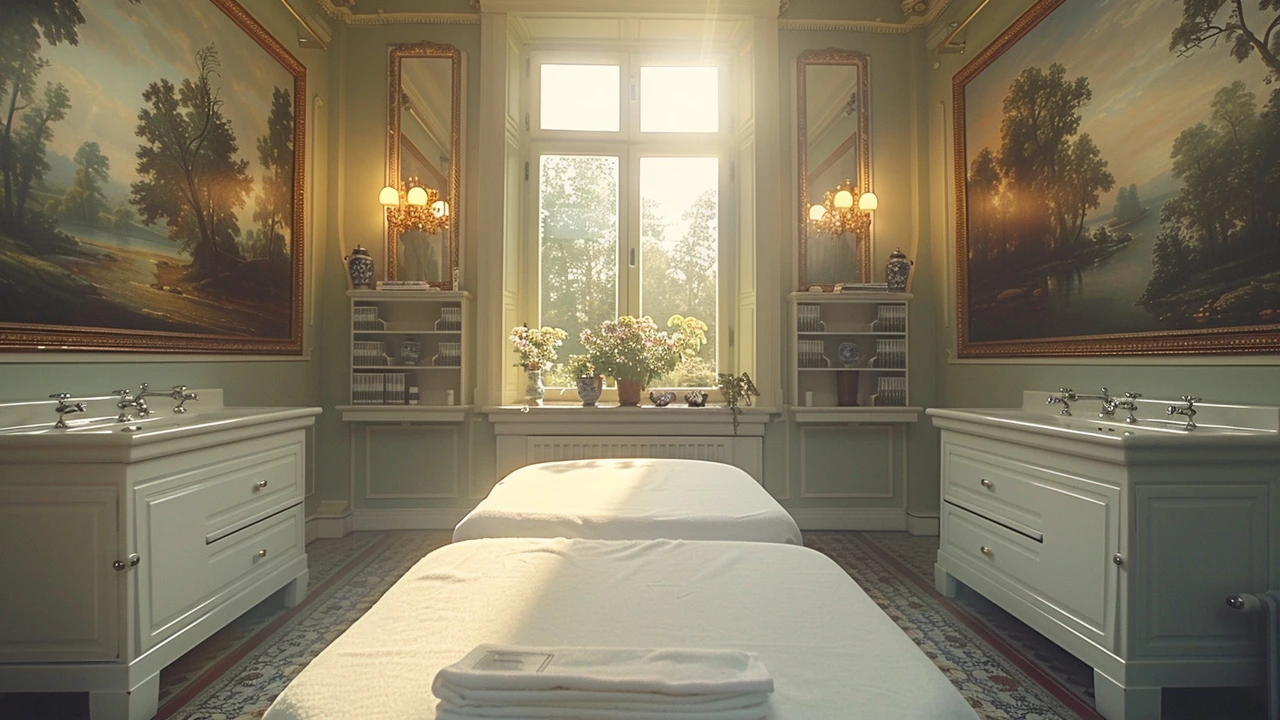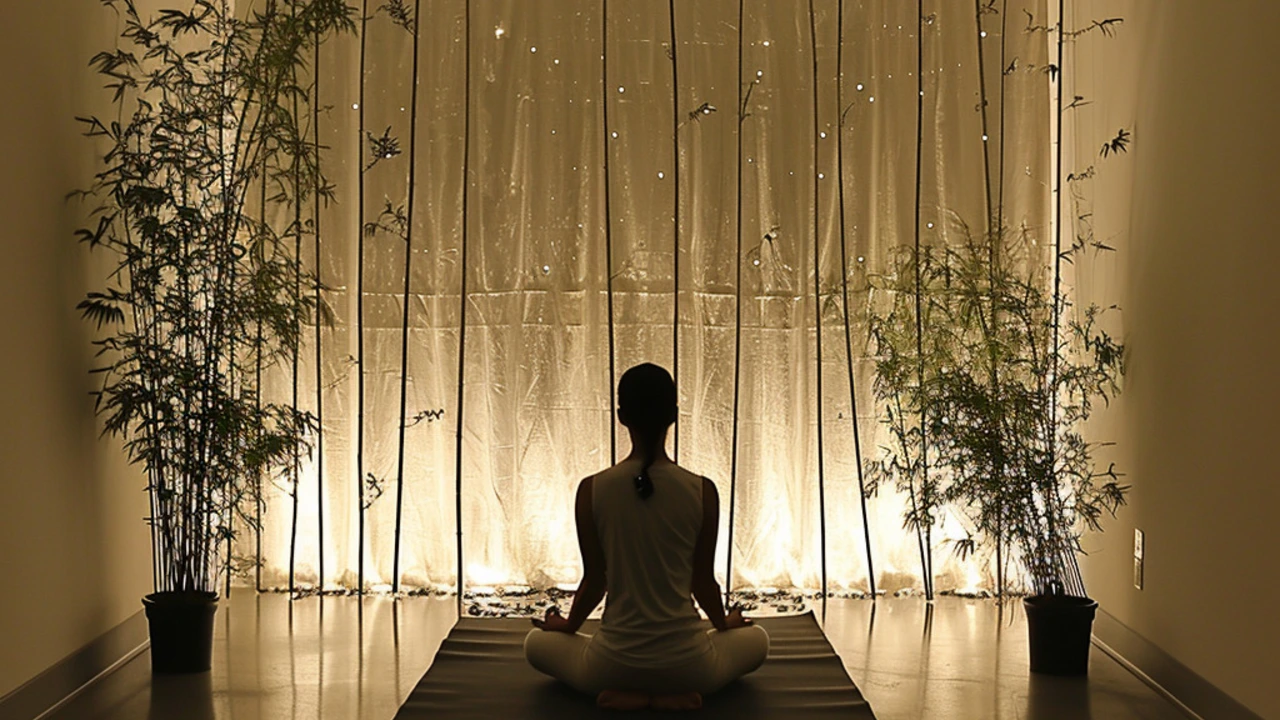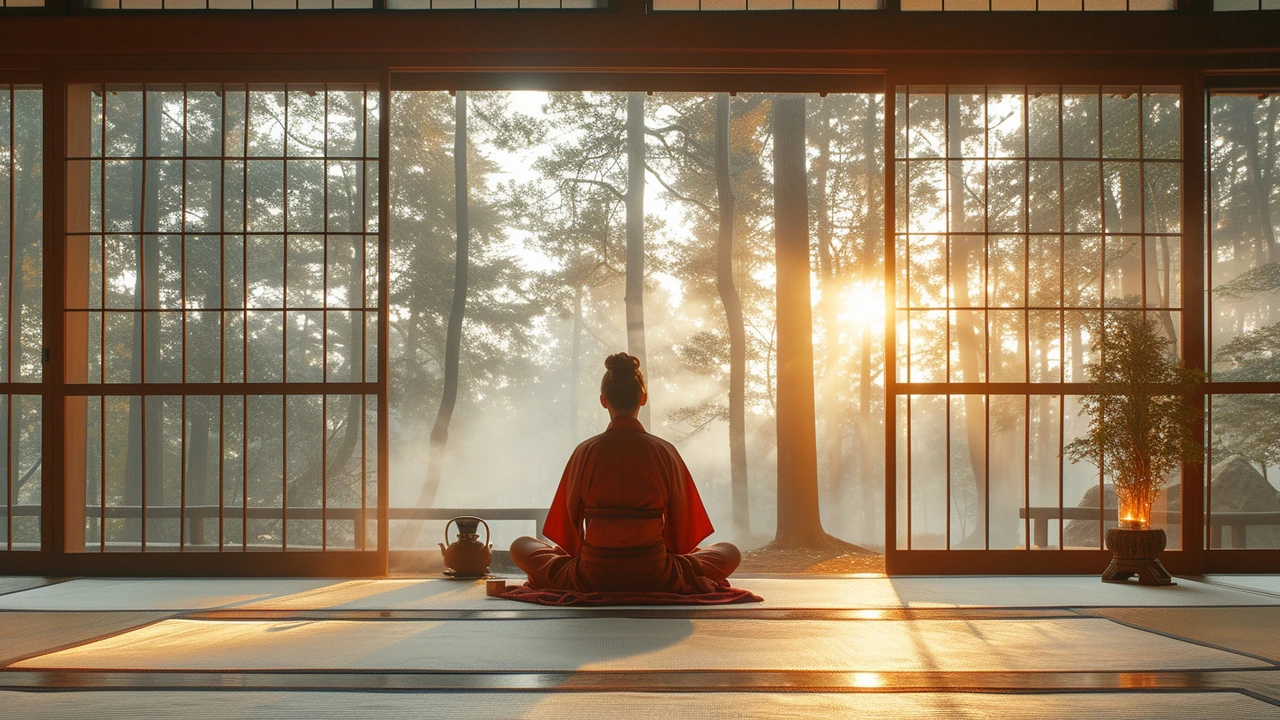Gua Sha: Timeless Skincare Secrets for Modern Beauty Results
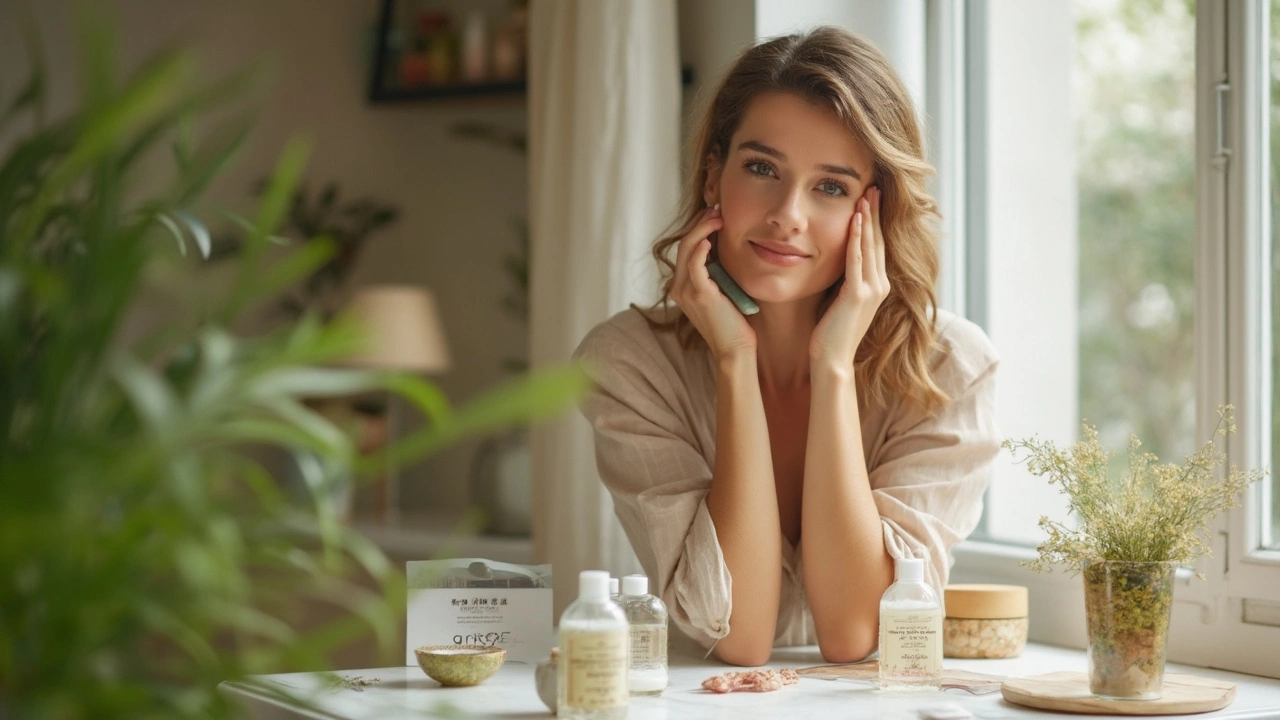
Strange how something as simple as a flat stone can upend the entire world of beauty. There's nothing high-tech or new about gua sha—it’s been around for over 700 years, gliding over faces long before any influencer mentioned it. But beauty shelves from Melbourne’s backstreets to TikTok feeds are packed with these smooth-edged tools. Why does this ancient massage method promise more than the latest expensive serum?
People root through Instagram for the next miracle, chasing glow and lift. Enter gua sha, the low-key champion, demanding patience instead of pounds. Some say it’s uncomfortable, even weird, to use a stone on your face...until they see the difference. Fewer puffy eyes, smoother jawlines, skin that actually looks alive at eight in the morning, not just filtered. Celebrities might have kicked up its revival, but gua sha’s scientific side isn’t all hype—it stands up.
The Origins and Timeless Power of Gua Sha
Gua sha isn’t marketing spin dreamed up for bored beauty vloggers. Its roots go back to the Ming Dynasty, when healers used horn or porcelain tools for everything from headaches to fevers. The word “gua” means to scrape, and “sha” is the redness that appears. Back then it wasn’t about glowing skin or sculpted cheekbones; it was about survival, health, and keeping the body in balance.
Traditional gua sha was nothing like what you see on skincare blogs. Practitioners would work the tool powerfully over the body, not gently, and redness was part of the process. It looked brutal but had a purpose: move stagnated blood, push toxins out, and snap the body’s healing into action. What we use on our faces today borrows from this, but it’s been dialed down. The facial version is slow, gentle, and designed around beauty—not bruising.
Even so, every time that cool jade or rose quartz tool hits your face, it connects you to centuries of practice. Evidence from Chinese medical manuscripts isn’t just ancient wisdom for the sake of tradition. In 2011, a published study in the journal “Explore” involved 48 healthy adults using gua sha. Researchers saw that blood flow at the skin’s surface increased (by nearly 400%!) right under where the tool was used. That means the traditional logic—move blood, encourage healing, clear away puffiness—actually carries weight according to modern scientists.
And this isn’t limited to China anymore. You’ll find gua sha clinics in New York, Melbourne, and London. Australian dermatologists now talk about gua sha as a type of mechanical lymphatic drainage, helping flush away fluid build-up after long-haul flights or a salty Friday night takeaway. People dealing with headaches, TMJ, tech-neck, or jaw tension swap tips on using it beyond beauty. Beauty brands jump in, but the real secret is how it lets people take their health and appearance into their own hands—literally. No syringes, no lasers, just your own skin and a bit of patience.
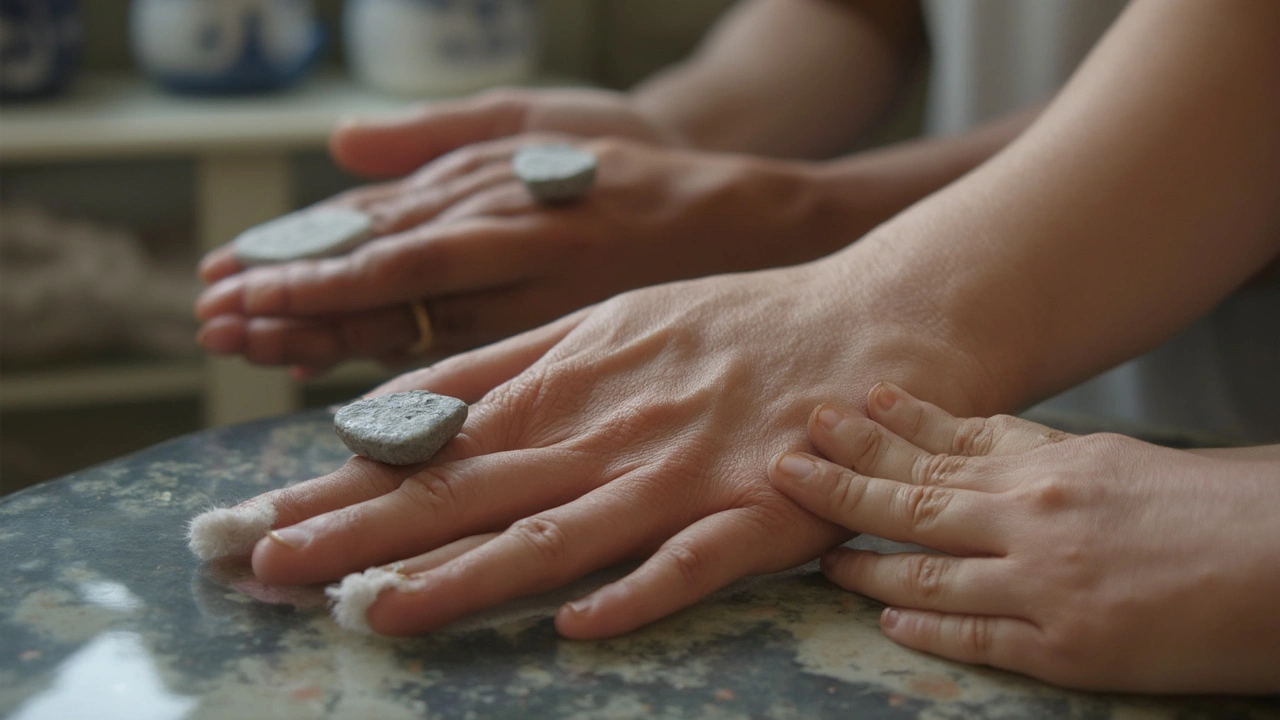
How Gua Sha Works: Science, Technique, and Real Results
If you scroll through any beauty forum, you’ll see split opinions. “Is it just rubbing your face?” “Aren’t you going to break blood vessels?” Let’s break it down. The technique is everything. When you hold a gua sha tool—usually jade, bian stone, or rose quartz—it’s not about pressure, it’s about direction and consistency.
You start with clean skin and put on a light facial oil. This lets the stone glide, not tug. Always move the tool upwards and outwards following lymph pathways. It sounds technical, but it really just means: forehead up to hairline, cheeks toward the ears, chin along the jawline, and neck sweeping down toward the collarbone. Even the way you hold it matters: a 15 to 30-degree angle, nearly flat to the face, not poking your cheekbone like you’re carving a Sunday roast.
The science bit? It’s pretty cool. Gua sha does three things. First, it boosts microcirculation—blood flows faster to the skin, bringing nutrients and clearing waste. Second, it supports lymphatic drainage. The lymph system is your body’s rubbish truck for fluid and toxins. When it gets sluggish (think too much screen time or not enough water), skin looks dull and puffy. Gentle gua sha helps move all that fluid out. Third, it takes tension out of the muscles, which can make lines look deeper and faces seem tired, especially after a stressful week. So, gua sha is like a facial workout—but relaxing instead of sweaty.
You won’t wake up looking ten years younger after one night. Real changes creep in with regular use. The jawline sharpens, cheeks lift. Some people see less puffiness after two or three sessions. Regulars say it helps with breakouts—less swelling, quicker healing. Migraines or clenched jaws? A couple minutes of careful gua sha on the temples or jaw muscles can bring relief, which studies out of Taiwan back up as well.
For anyone worried about side effects, be sensible. If your skin is thin or you bruise easily, go extra light. Avoid directly overactive breakouts, infections, sunburn, or fillers and Botox spots. And as always, common sense: the tool should feel pleasant, not like you’re scraping a vegemite jar. Clean it before and after every use. Double-check that you’re using a genuine, good-quality stone—not a cheap knockoff that stains or chips. When in doubt, stick to classic shapes like flat heart or wing designs; they suit any face, no need for overcomplicated versions unless you’re a collector.
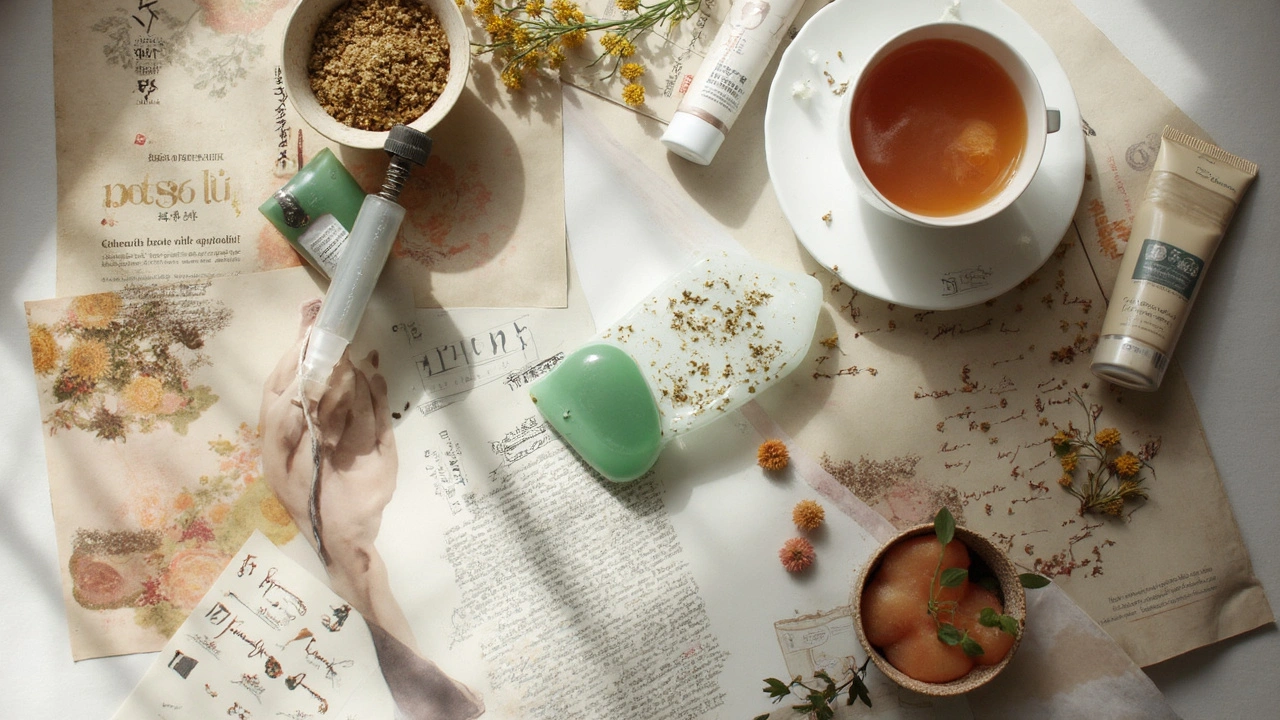
Tips, Myths, and the Real-World Appeal of Gua Sha
Honestly, using a gua sha tool looks almost meditative—five to ten quiet minutes, gentle scraping, watching your face go from pillow-creased to smooth. If your life is fast and you’re always plugged in, it can double as mindfulness. No fancy apps or spa appointments; just you, your tool, and time to breathe. But there are a few things to keep in mind so you actually get the full benefit.
- Always start on clean, well-moisturized skin. This will keep microtears away and let the stone glide properly.
- Never rush it—slow, mindful movements create the magic. If you’re late for work, skip it. This isn’t about quick fixes.
- Keep the tool at almost flat to your skin, not cutting in with the edge.
- If your face feels sore or red after, you’re probably using too much force. Gua sha should leave your skin a little pink, which fades fast, not bruised.
- Upwards and outwards only—never pull down, especially on the cheeks or jawline.
- If your tool gets slippery with oil, rinse and dry it. Otherwise, it’ll fly out of your hands, and jade doesn’t bounce!
There are myths that won’t die. Some folks think gua sha can erase wrinkles the way Photoshop does. Not true. What it does is temporarily smooth lines by boosting circulation and taking tension out. Used daily or at least a few times a week, you’ll notice real impact—firmer contours, less bloat, and that subtle natural glow you can’t fake with makeup. Another common myth is that you can’t use gua sha on sensitive skin. Totally false—just pick a smooth stone with rounded edges, go extra gentle, and test a small area before going all in.
Lately, gua sha is having a moment not just for women, but for men, too. From office workers battling screen fatigue to athletes looking for muscle recovery, blokes in Melbourne barber shops share tips while waiting for their trim.
There are advanced tricks if you want to go the extra mile. Pop your stone in the fridge for a few minutes on a hot summer morning for de-puffing. Add a few drops of your favorite chilled serum to turbocharge results. Use it gently over sheet masks—never pull, just glide. And if you travel, a pocket-sized gua sha stone beats any five-step routine when baggage is tight.
The real appeal is always the same: gua sha brings self-care into your own hands. You don’t need prescription creams or an appointment with a surgeon. It asks for consistency, not cash. It fights fluid retention, refines facial lines, and gives skin a natural, healthy look. Yes, you’ll hear about clinical trials and celebrities—but it’s in the everyday routines where gua sha quietly wins. No filters. No fuss. Just you, your stone, and years of tradition pressed into 10 minutes at the start or end of your day. That’s not just beauty—it’s resilience, bottled in a piece of cool, beautiful rock.

